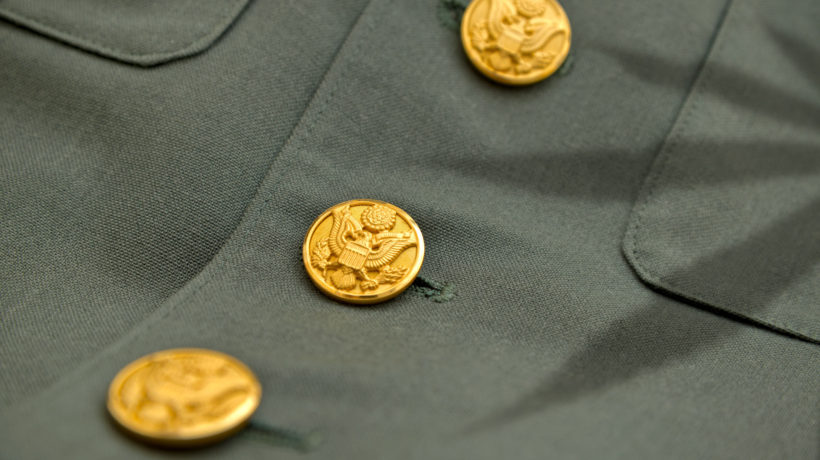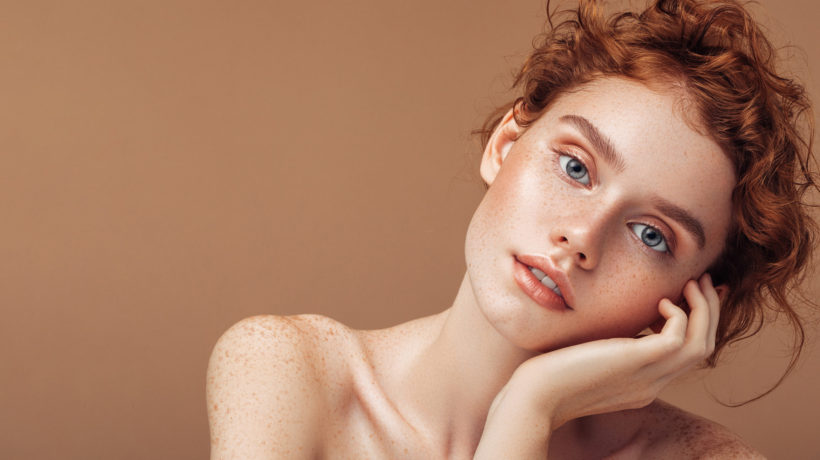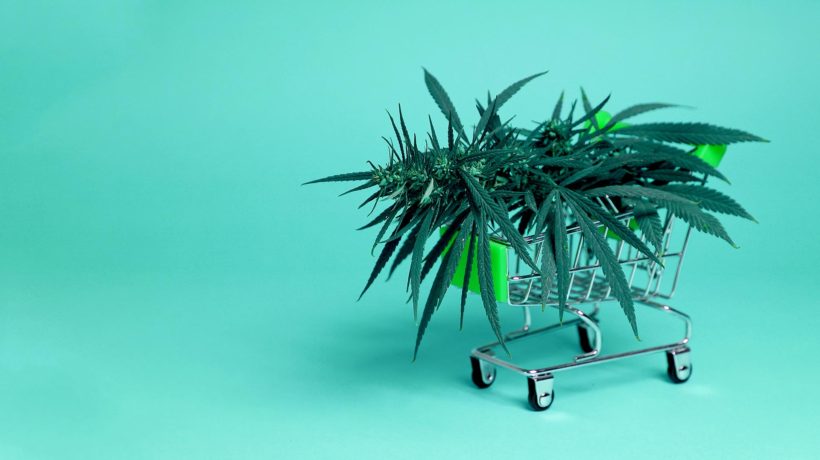Last week, Flowertown brought together an all-star line up of some of the brightest minds in cannabis to answer questions and set the record straight on CBD. If you missed it, here are some of the big takeaways.
All CBD is not created equal
Even if you haven’t really been paying attention, you’ll have noticed CBD has popped up everywhere. Not just in legal states either. Under the 2018 Farm Bill, the FDA federally legalized hemp-derived CBD but classified it as “GRAS” or “Generally recognized as safe,” the same classification they use for vitamin supplements. On one hand, this means that anyone in the country who needs it now has access to CBD. Sounds great! But according to Alexa Steinberg of Manzuri Law, this puts CBD under the same spineless rules that allow vitamin supplements to claim just about any effect without liability. We learned from Matt Cote of SC Labs that there are hundreds of little ways poor manufacturing or packaging practices can demolish the efficacy of products. And in an exploding market with no oversight, there’s a lot of snake oil flying around. Thankfully, CBD sold in legal dispensaries is required to go through the same rigorous, no-nonsense testing THC products go through, rules that Bloom Farms, Dr. Norms and Papa & Barkley all have to follow– ensuring a much higher baseline of reliability. If you’re buying from a health store however, you’ll have to be the one to make sure you’re getting the good stuff. There’s a chance the CBD dog treats at an ACE Hardware in Kansas might be legit, but we believe your four-legged friend deserves some properly tested product.
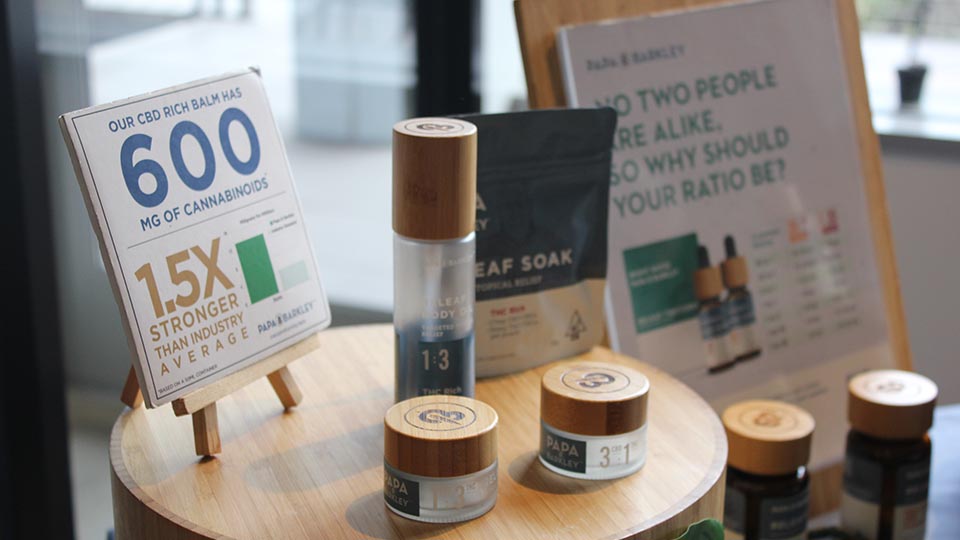
Go full-spectrum if you can
Cannabis is a complicated plant. While THC and CBD have been hogging the spotlight, there are literally over a hundred three-letter abbreviations that work together to produce the myriad of effects that cannabis is capable of. These “cannabinoids” are so numerous that we’re still discovering new ones in a plant that’s existed as long as we have, but their interactions are so complex we often refer to their relationship as the “entourage effect” to describe the way this orchestra of molecules produces a symphony. “Full-spectrum” or “broad-spectrum” products refer to a product that has retained all these other little molecules.
Many of the most conclusive studies pertaining to cannabis’ efficacy in treating ailments utilize full-spectrum dosages with both THC and CBD. There’s anecdotal evidence that a small portion of THC, small enough to be entirely non-psychoactive, still produces positive effects that CBD doesn’t on it’s own. Jeff Koz of Dr. Norms and Vat Tann of Papa & Barkley both were strong believers in the greater-than-the-sum-of-its-parts cumulative effect of full-spectrum, mirrored by the diverse variety of THC:CBD ratios available under their brands. Chelsea Scherer of Bloom Farms (which also feature products with a variety of ratios) was quick to point out however that that CBD “isolates”, which pare the plant down to pure CBD if in a slightly more expensive process, can be effective for specific needs.
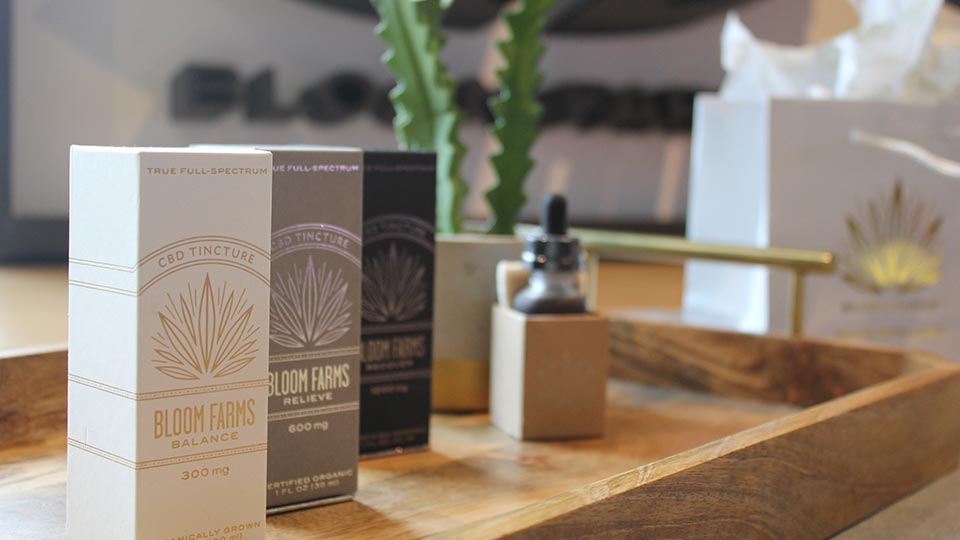
Check the dosage before you shell out for that $5 latte shot
CBD can be packaged and sold to you in different ways and it’s important to be cognizant of exactly how much you’re getting. Effective dosage can change based on body weight but generally, the bare minimum dose should be at least 10-15mg but anecdotally, we’ve seen most people use 25-40mg or even more for their desired effect. Most of the studies with evidence pertaining to CBD’s efficacy use dosages in the hundred mgs, but that’s probably not necessary for the average person.
Just make sure you’re getting more than 10-15mg if you’re paying $5 for a latte shot.
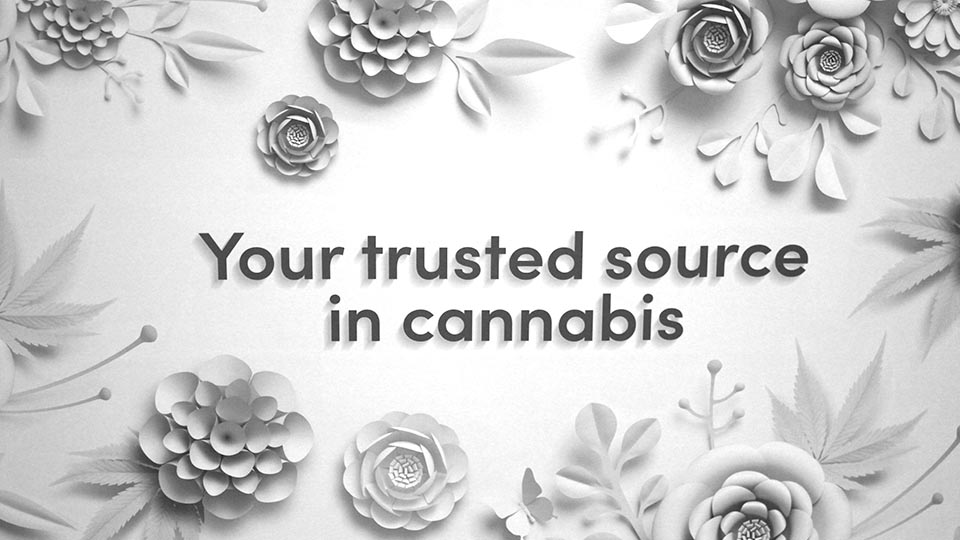
Check the ingredients before you buy something outside of a dispensary
You can feel pretty safe about this if you’re buying out of a legal dispensary, or from a brand that sells in them, but there are plenty of products going around that use parts of the plant that have little to no CBD in them. For example, hemp seeds contain a miniscule, near-useless amount of CBD, but “hemp seed oil” reads pretty close to “hemp oil” (the real stuff) so it’s easy to miss. Having hemp seed oil in your product doesn’t automatically mean it’s bunk but if it’s the only ingredient listed that could even potentially contain CBD, you might want to think twice about buying it.
Be mindful
Again, cannabis can be a complicated plant. Everyone experiences its effects differently, so what works for one person might not necessarily work for another. What’s important here is to go low and slow, and test these things yourself to find your favorite products or ratios. Thankfully the repercussions of overshooting your dosage with CBD is nowhere near as it is with THC, but approaching this trial process intelligently can be key to finding your perfect routine. Keeping a journal to keep track of dosage and effect when you’re starting out can be a great way to figure out what you like best.

